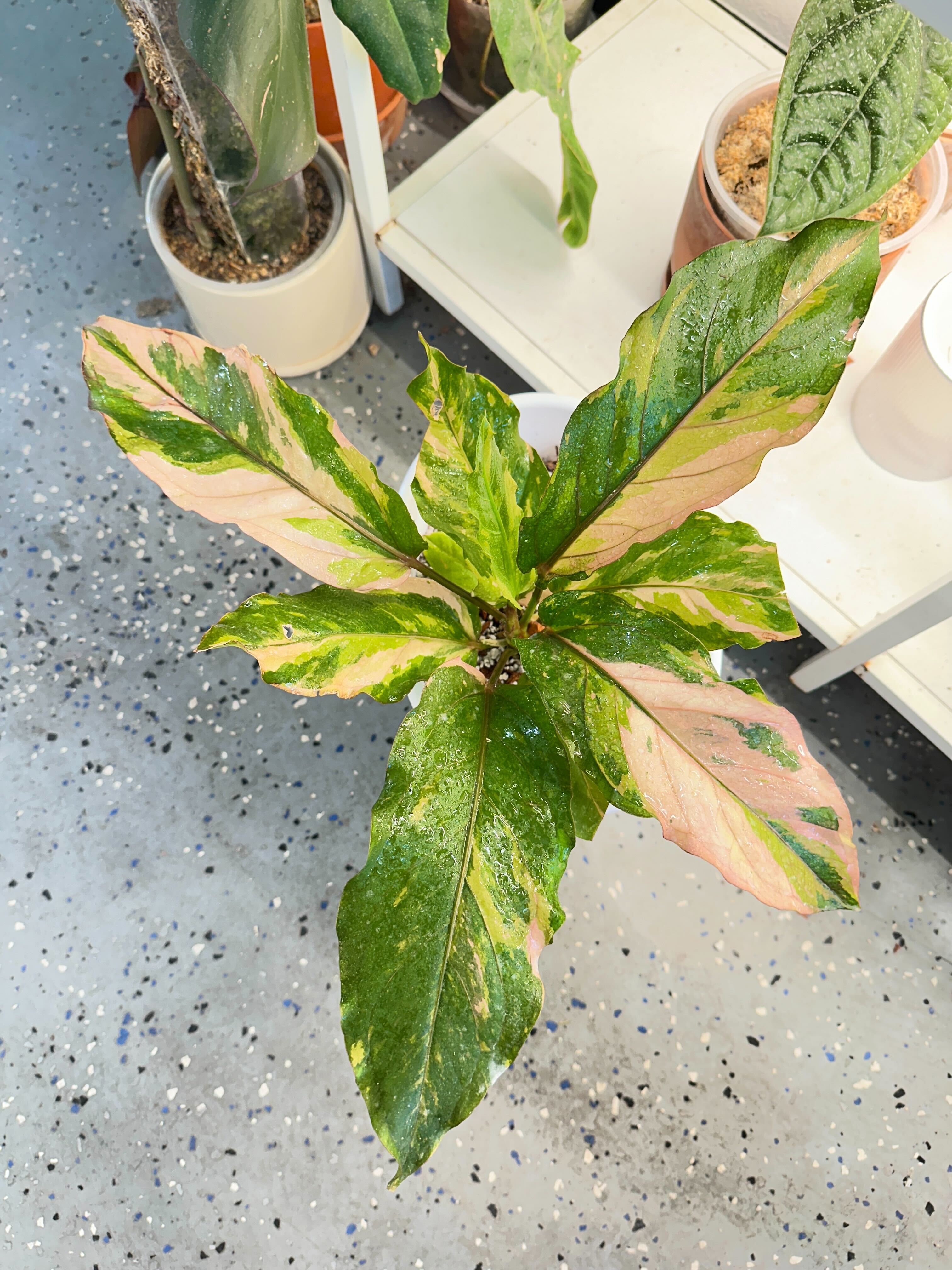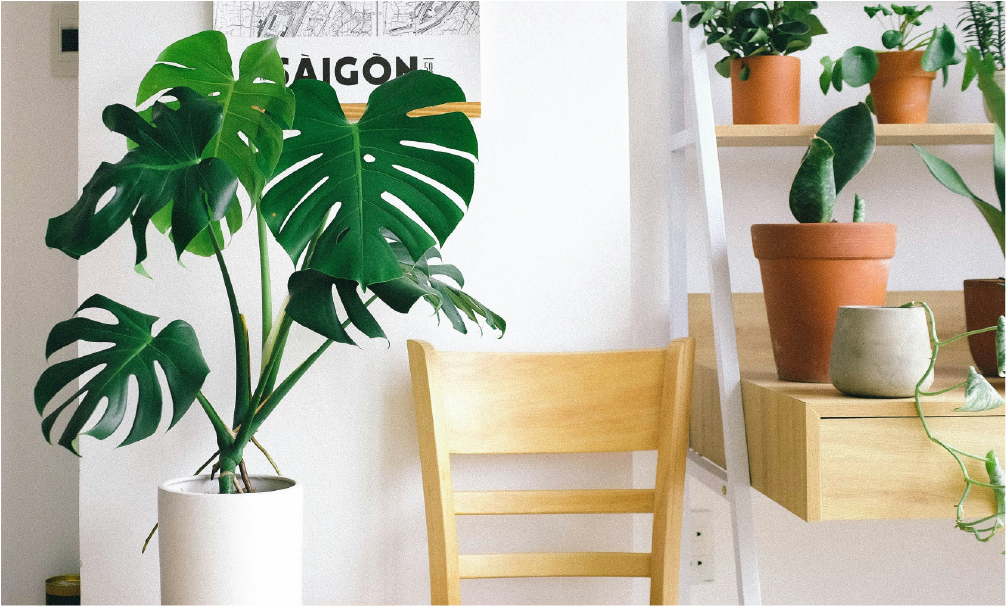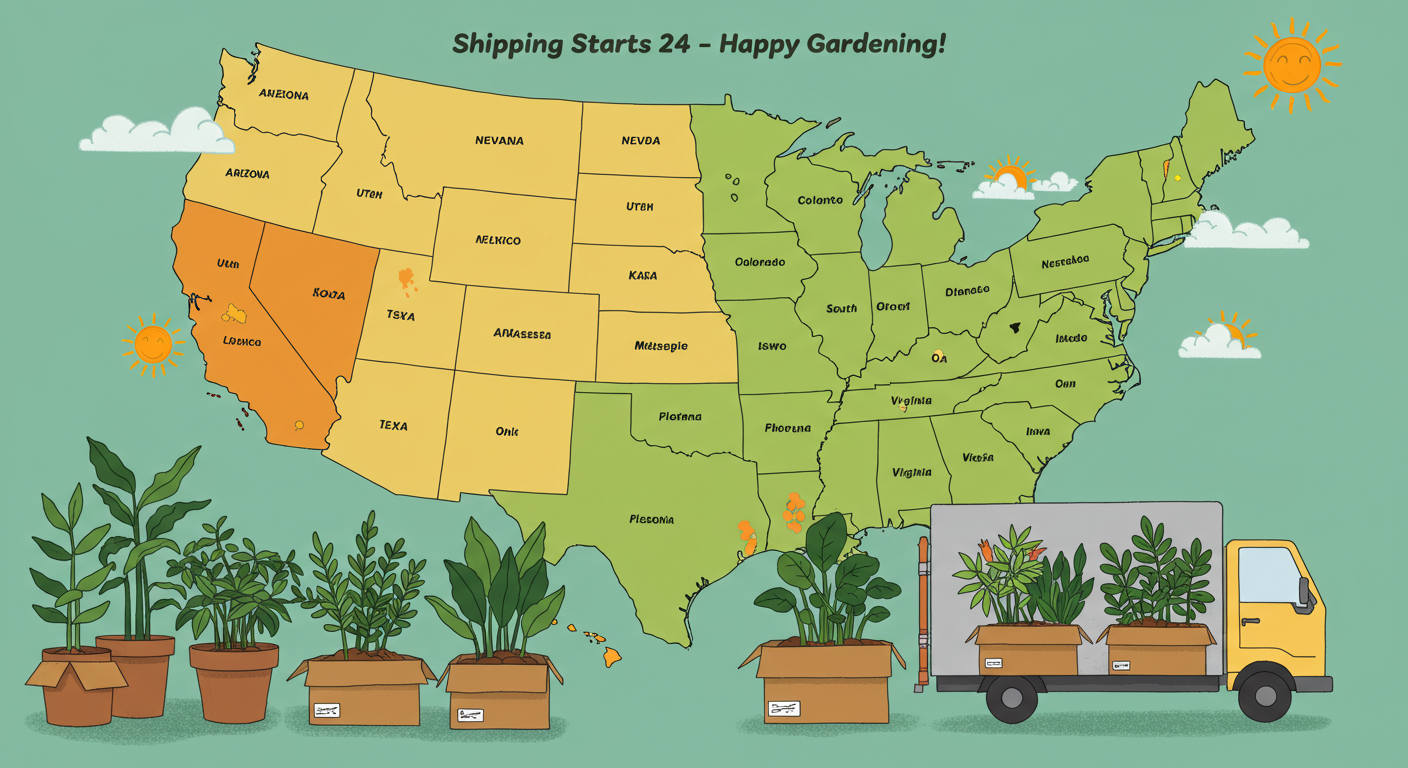Philodendron Painted Lady is a beautiful, tropical, climbing plant that has light green leaves with a particular “design” on them. They are yellowish and have darker green speckles on their large surface. Because these plants are climbers, they appreciate external support, for example, a brass stake or a coco pole.
Painted Lady Plant Classification
Family: Araceae
Subfamily: Aroideae
Genus: Philodendron
About the Philodendron Genus
In the Greek language, “philo” means love, whereas “Dendron” means “tree”. The plant was named Philodendron in 1829 in reference to the fact that it is a “tree hugger” and loves to climb along with trees. These plants are one of the largest groups of genera in the family Araceae. They are flowering plants most commonly used as indoor, ornamental houseplants. Their foliage is what makes them so popular. Philodendrons have over 400 species, all of which vary in shapes, colors, and sizes. They can be oval, heart-shaped or pointy. Similarly, they all vary in colors as well. Some have dark green leaves, some have light ones, but all of them have a thick, leathery texture to avoid excessive loss of moisture.
In some cultures, a Philodendron plant stands for health and abundance.
This genus has been cultivated extensively and some of its beautiful variations are Philodendron Hastatum, Philodendron Sodiroi, Philodendron Serpens and also, Painted Lady plant Philodendron.
Common Names and Synonyms
- Calostigma
- Meconostigma
- Sphincterostigma
- Arosma Raf.
- Telipodus Raf.
- Thaumatophyllum
- Elopium
- Baursea
Origin and Distribution
The first Philodendron goes back to 1644 and is native to the Caribbean and Colombia. These plants mainly belong to the tropical rain forests of America and the West Indies. Apart from rain forests, they can also be found growing alongside river banks and swamps. These plants can also be found in parts of Australia and Africa as well as Asia.
Philodendron Painted Lady is a hybrid plant of two parent Philodendrons, namely, P. Erubescens Emerald Queen plant and P. Erubescens Brugundy plant.
Painted Lady Plant Philodendron Features
Foliage and stem
As mentioned earlier, these plants are very much in demand for their foliage. They have large, unique yellow leaves that have speckles of green on them and are shaped like hearts. This yellow color turns into green as the plant matures. Their leaves have a leathery texture and a shiny, glossy appearance. They have red petioles and the leaves can grow as long as 6 inches.
Evergreen
Luckily, these plants are evergreen. This means that their leaves stay large, thick and beautiful as long as they live. This is always a favorable feature for houseplant lovers that wish to grow tropical plants indoors.
Height
If given the right Philodendron Painted Lady care, these plants can grow as tall as 2 to 5 feet and spread as wide as 12 to 16 inches. However, every plant has its genetic makeup and may vary greatly in terms of size.
Temperature Tolerance
Philodendrons are not temperature tolerant plants. They need to be kept away from extreme temperatures, especially the colder environments.
Humidity Tolerance
As tropical plants, the Philodendron Painted Lady loves moisture. You can use a humidifier in the house to compensate for dry air in your area. Misting the plant every once in a while is also not a bad idea. Just make sure you don’t overdo it because standing water on leaves is what calls dangerous insects for a visit.
Flowers
Very rarely, these plants bloom and grow flowers. These flowers are green or white and may show up during the late spring or mid-summer season. However, plant specialists suggest that if you are growing this plant indoors, it is better to cut these flowers off. Not only do they take up a lot of the plant’s energy and resources, but they also have an annoying smell and are not all that beneficial anyway.
Drought-resistance
As discussed, these plants love water. So, they are not drought-resistant plants. They need frequent watering sessions and humidity around them.
Disease Resistance
When it comes to diseases, this plant is fairly resistant and has no popular complaints.
Pest Resistance
Spider mites, mealybugs, scale insects and thrips are some of the most common attacking insects you can expect near a Philodendron Painted Lady plant. You must keep the leaves and stem of the plant clean and dry because water sitting for too long on the surface of the plant is what attracts them in the first place.
If you do find insects attacking your plant, simply spray them with soap water or an insecticide to kill the insects and their babies. For a more natural alternative, you can use Neem oil or rubbing alcohol to wipe the leaves.
Growth
Generally, these plants are slow-growing. So, if your plant is not growing rapidly even though you are feeding it properly, don’t worry. It takes its time. Be patient, be consistent and don’t overwater or overfeed the plant.
Toxicity
Unfortunately, Philodendron Painted Lady is a very toxic plant. It consists of calcium oxalate crystals that can irritate your skin, your eyes and your digestive tract, all the way from your mouth to your stomach. It can cause inflammation, pain, and swelling. Keep these plants away from your pets and children. Because of their climbing nature, you need to be extra cautious about their vines.
Durability
Their perennial life cycle makes them very durable plants. They can last up to years and even decades if given the right care and environment.
Maintenance
Given that these plants do require a certain routine of watering and feeding, and demand your attention to prevent pest attacks, they are not the easiest to maintain. They need to be kept away from children and also have a slow-growing rate.
Dormancy
These plants go into a “resting phase” during the winter season. This means that they stop growing and start conserving the water and food they get. So, if your plant has suddenly “gone to sleep” during the cold days, don’t panic. Give it care and time and it will come right back when spring arrives.
Philodendron Painted Lady Care
Philodendron Painted Lady care includes a set range of temperatures to grow in as it cannot tolerate cold environments. They are very sensitive to over-watering as well as under-watering and love humidity around them. Rich, lightweight and well-drained soils do great for these plants.
Water Requirements
To water these plants, use the soak and dry method. Simply, water the plants thoroughly once and then wait for the soil to be completely dry, or at least moist, before you water them again. To check this, you can use moisture meters or simply use your finger to feel the texture of the soil. If you water the plant while the soil is still wet and soggy, it will get water-clogged and cause many problems, decreasing the growth rate of your Painted lady and may even end up killing it.
It is advised that you use lukewarm warm (or room temperature) water for this plant.
Soil Requirements
The Painted Lady plants love a rich, lightweight, well-drained soil. You can use a regular cactus mix in containers for these plants. Sand and all the other beneficial ingredients for plant growth and proper drainage are already present in this soil mix. However, avoid using cheap soil for this plant. Invest in good quality soil mix for the long run. Your plant will thank you.
Sunlight
Philodendrons appreciate the medium, indirect light and sometimes even partial shade. Try to keep them in a well-lit, bright room but not under direct sunlight because that can burn its leaves. If you must keep them outdoors, using a shade cloth can help mellow the sunlight hitting your plant.
Temperature
The optimum range to grow Philodendron Painted Lady plants is from 55 to 80 degrees Fahrenheit. It cannot survive in extreme environments. Thus, as soon as it starts getting extra chilly outside, make sure you move the plant to a warmer spot. Also, make sure your plant is not kept directly in front of a fan or an air conditioner.
Humidity
A little extra humidity doesn’t bother this plant. You can mist the foliage now and then, especially during the warm and windy days of summer and spring, while the plant is growing.
Fertilizer
Two types of fertilizers can be used for this plant. Either a water-soluble, fast-releasing, liquid fertilizer or a granular, slow-releasing fertilizer can work. Feeding them once every two weeks is enough. You don’t want to over-feed the plant because that can damage its roots. Also make sure you decrease the feeding frequency during winters, as the plant is in its “resting phase” and does not need any food, so fertilizing once a month is enough during the winter season.
Re-potting
Since it grows slowly, you will not need to repot it very frequently; not for at least 2 to 3 years. However, if the plant has somehow overgrown its current pot, replant it preferably during the spring and summer seasons because those are the “growing seasons” for the plant. Simply, take out the plant from its current pot, brush off the excess soil and clean the roots. Now, carefully plant it into its new, bigger pot. Resume watering and fertilizing the plant as per routine.
Grooming and Cleaning Requirements
You can groom these plants by trimming and cutting off any unwanted, excess growth. However, make sure you don’t cut off too much of these plants, as that may shunt their overall growth.
Also, make sure you keep the plant clean and dry. Their broad leaves can collect dust as well as water, which can attract all kinds of insects.
Philodendron Painted Lady Propagation
Propagating your Philodendron is relatively simple. Follow the steps below for Philodendron Painted Lady propagation.
- Choose a mature plant, and during its growing phase, cut off a tip with a clean, sterilized pair of scissors or blades. The cutting can be as long as 4 to 6 inches.
- Now, pot this cutting in a pre-prepared pot with suitable soil mix.
- Put this pot under warm temperature and indirect sunlight, water and fertilize it according to its individual needs and watch it grow!
If you wish to propagate it in water, the procedure is very similar.
- Fill a jar with water and put the plant cutting into it.
- Keep it away from direct sunlight because that can stimulate algae growth, and change the water frequently.
- Once the roots start appearing, you can switch the plant to a soil pot.
Timeline
Day 1-7: Plant your cutting and water under suitable conditions. If already in the water, make sure you change the water regularly.
Week 2-3: Roots start forming in both soil and water-propagated plants.
Month 2-4: You can now shift the water-propagating plant to a soil pot. After this stage, the plant will take its time to grow, since this species grows slowly. Just keep watering it and protecting it from external damage.
Some Common FAQs
Why Are the Leaves of My Philodendron Plant Going Yellow and Wilting?
Too much watering, improper soil-drainage and soggy soil with standing water are all possible causes of your plant wilting or becoming pale. Make sure you only water your plant when the soil looks dry. Also, make sure your pot is breathable and has a good drainage system.
Why Do the Leaves of My Philodendron Plant Have Brown Spots and Patches?
When you put the plant under direct sunlight for too long, it starts to look unwell. It grows brown or yellow spots and patches on its leaves and looks pale and dry. This means that the plant’s leaves are burning and that you need to move the plant to a more shaded spot.
Displaying Philodendron Painted Lady
These species can be grown in masses and displayed in a bushy manner. They can also be grown next to palms outside in the garden or tree ferns inside the house. You can also grow these next to walls to create a “green wall”. These would also look beautiful set up in hanging baskets. Because of their comparatively light green foliage, they will look great displayed next to plants with darker leaves because of the contrasting colors.
Final Thoughts
Philodendrons are popular tropical, climbing plants that have big beautiful yellow leaves with speckles of green and red petioles. They do not easily catch diseases and are very easy to propagate. Because of their size and foliage, they look great displayed around the house, in the rooms as well as in the balconies and sunrooms, however, be careful of where you put them because they are highly toxic and should be kept away from the reach of children and pets.









Comments